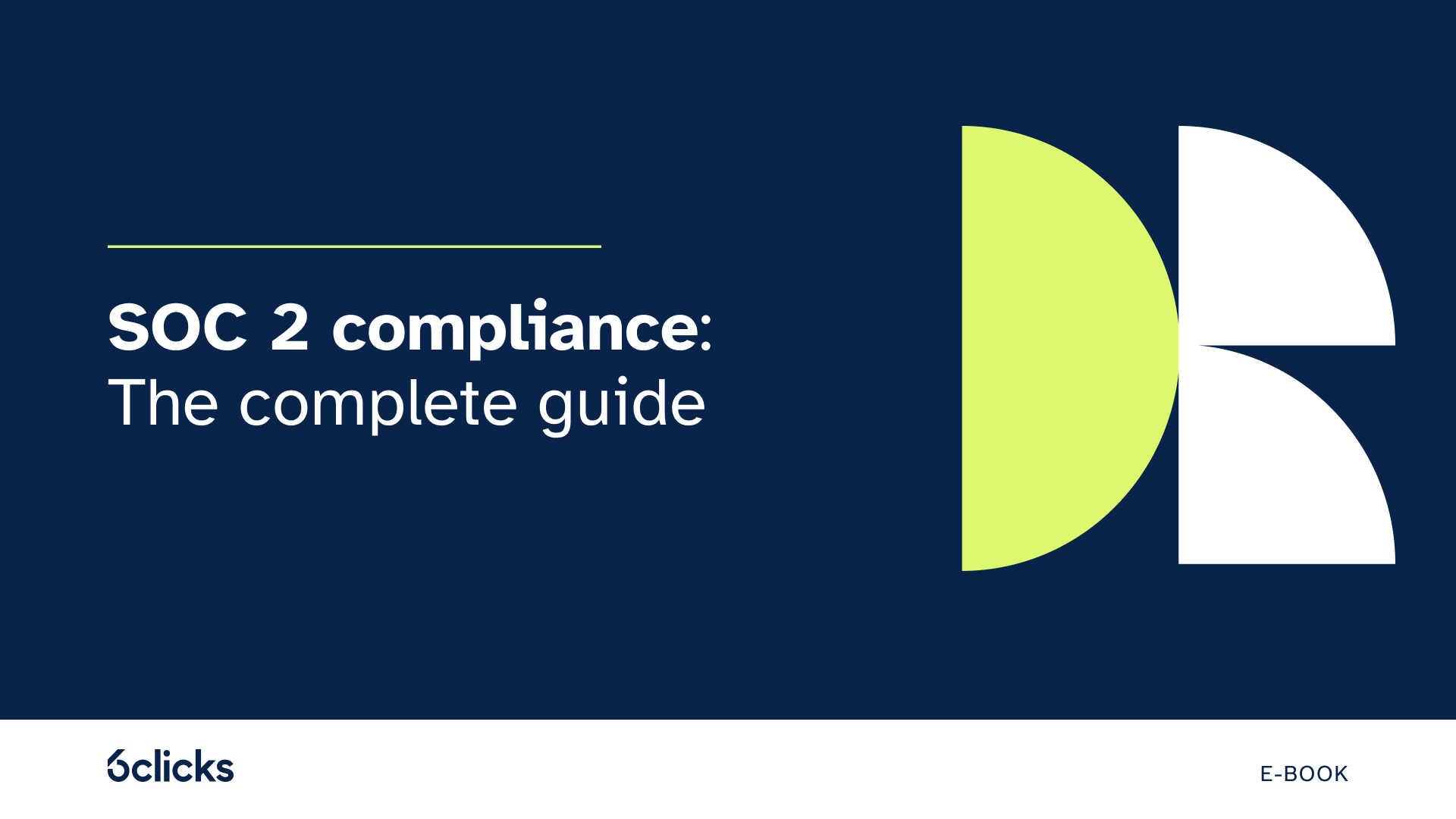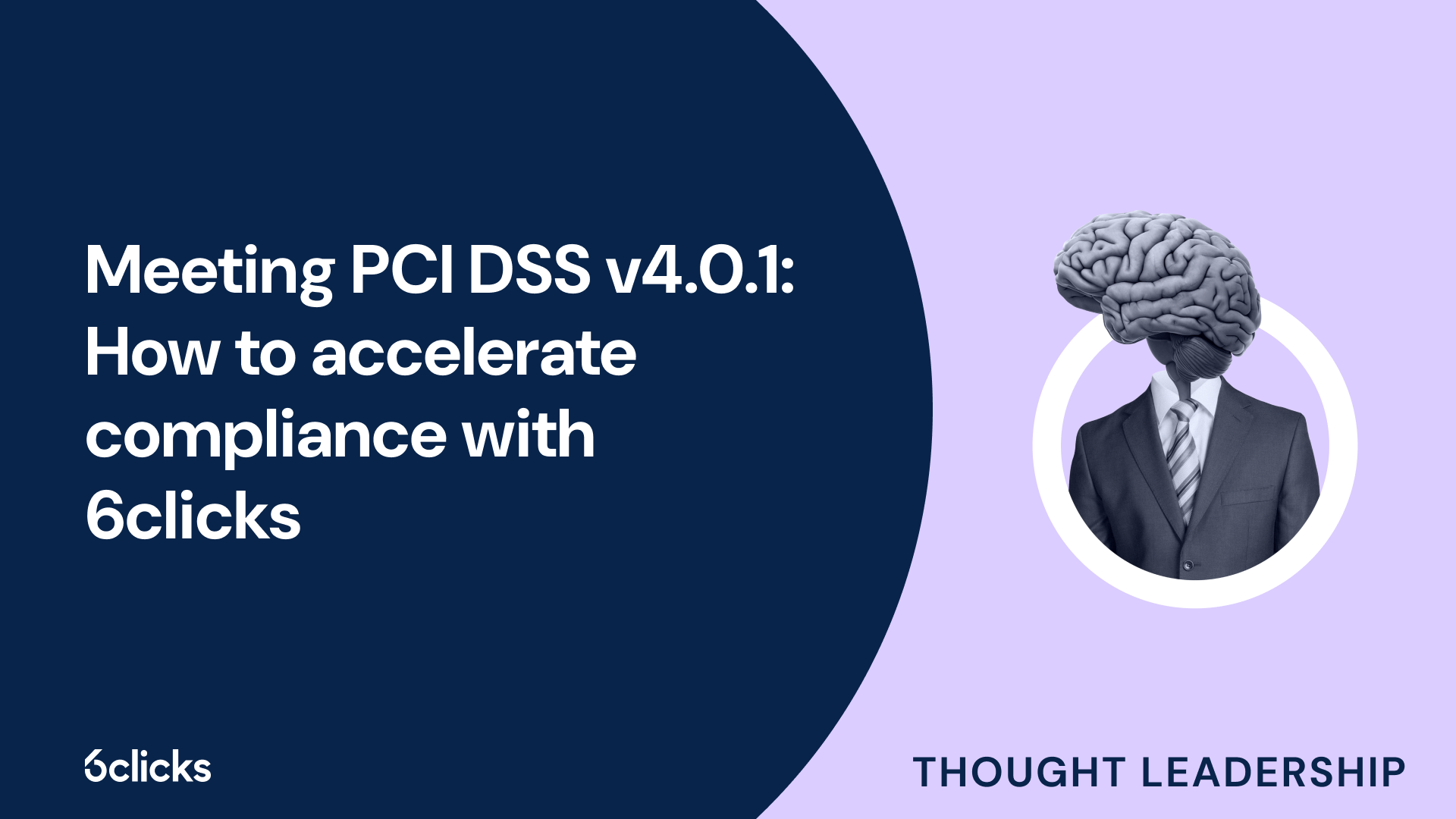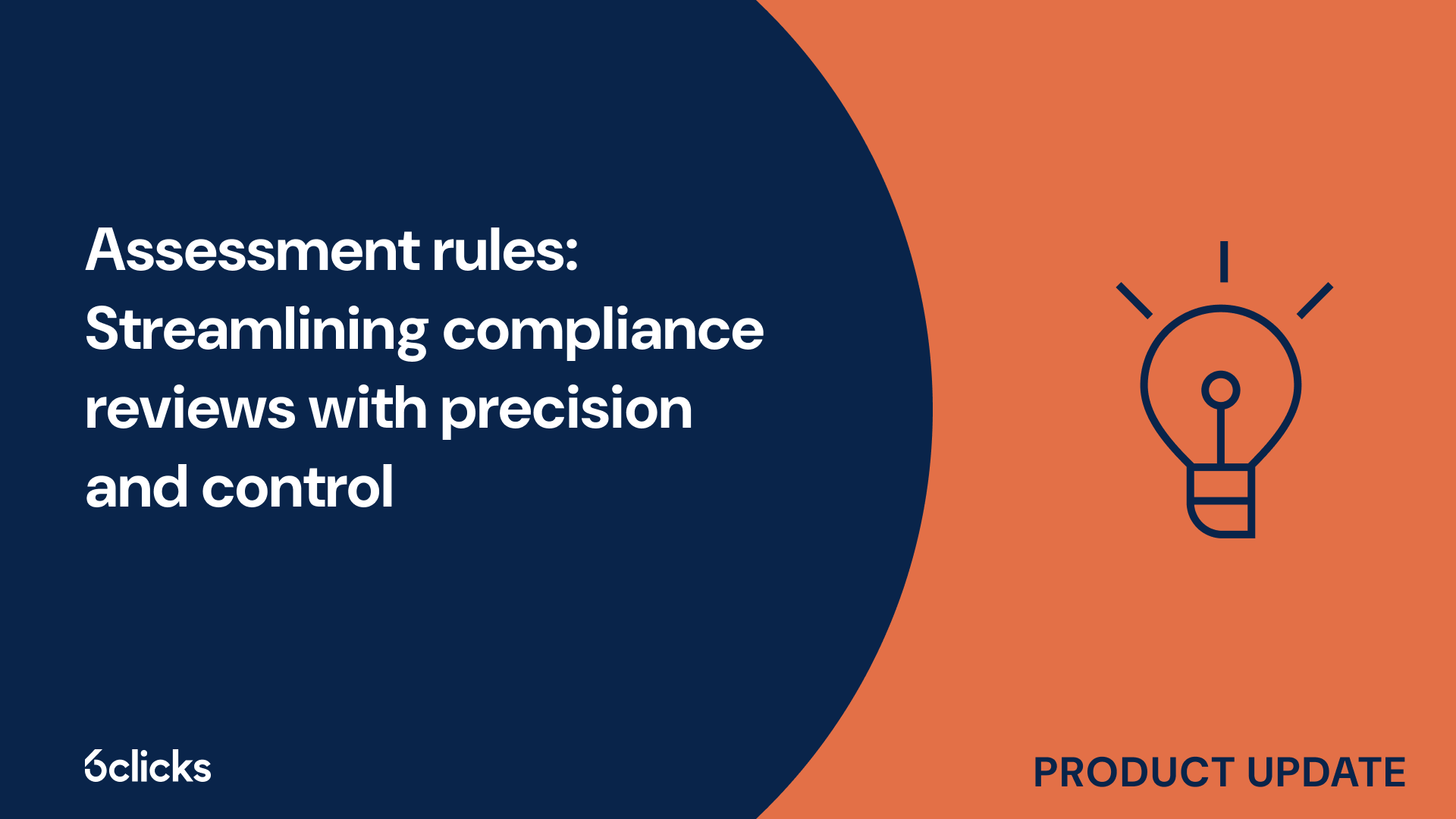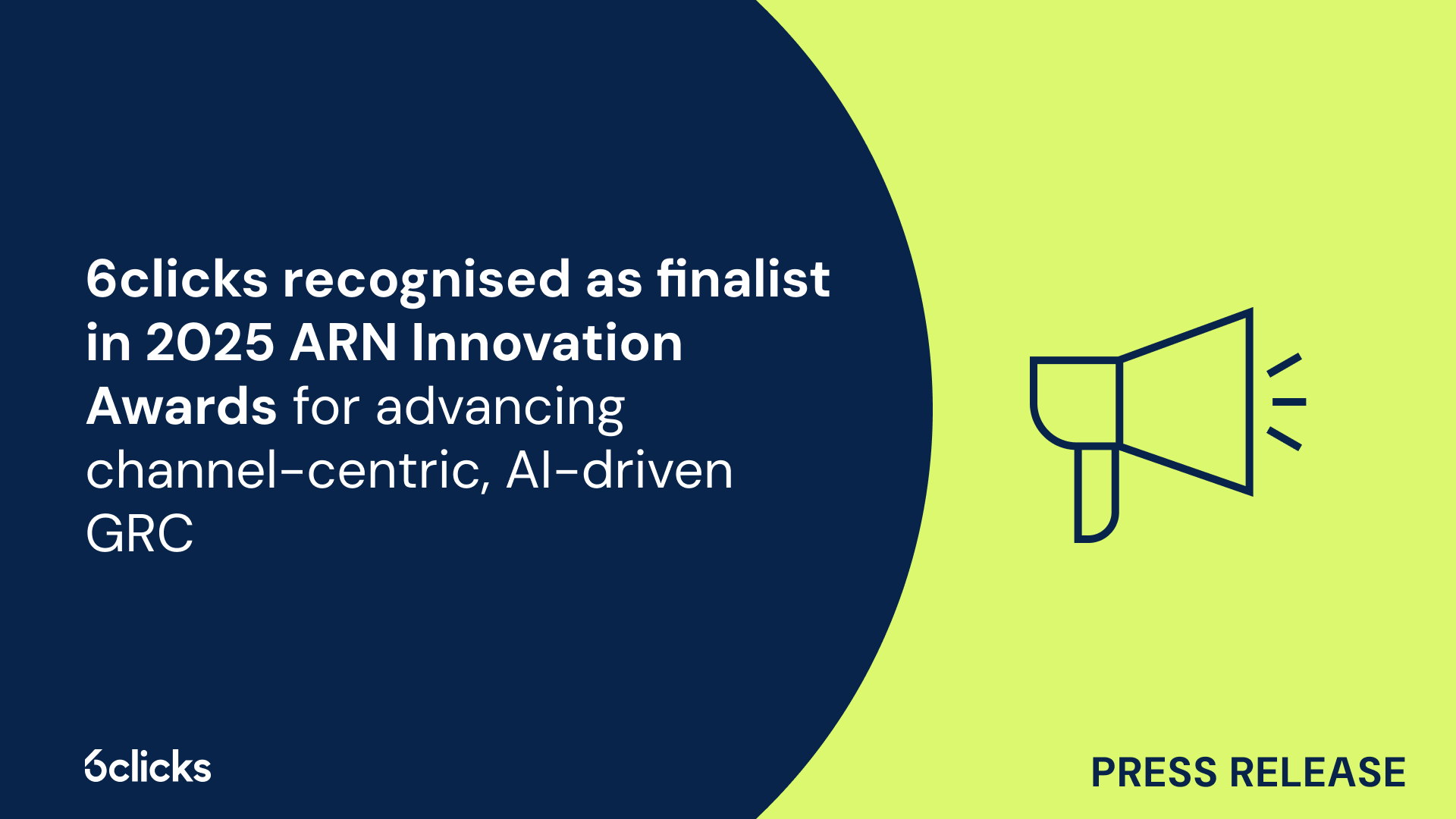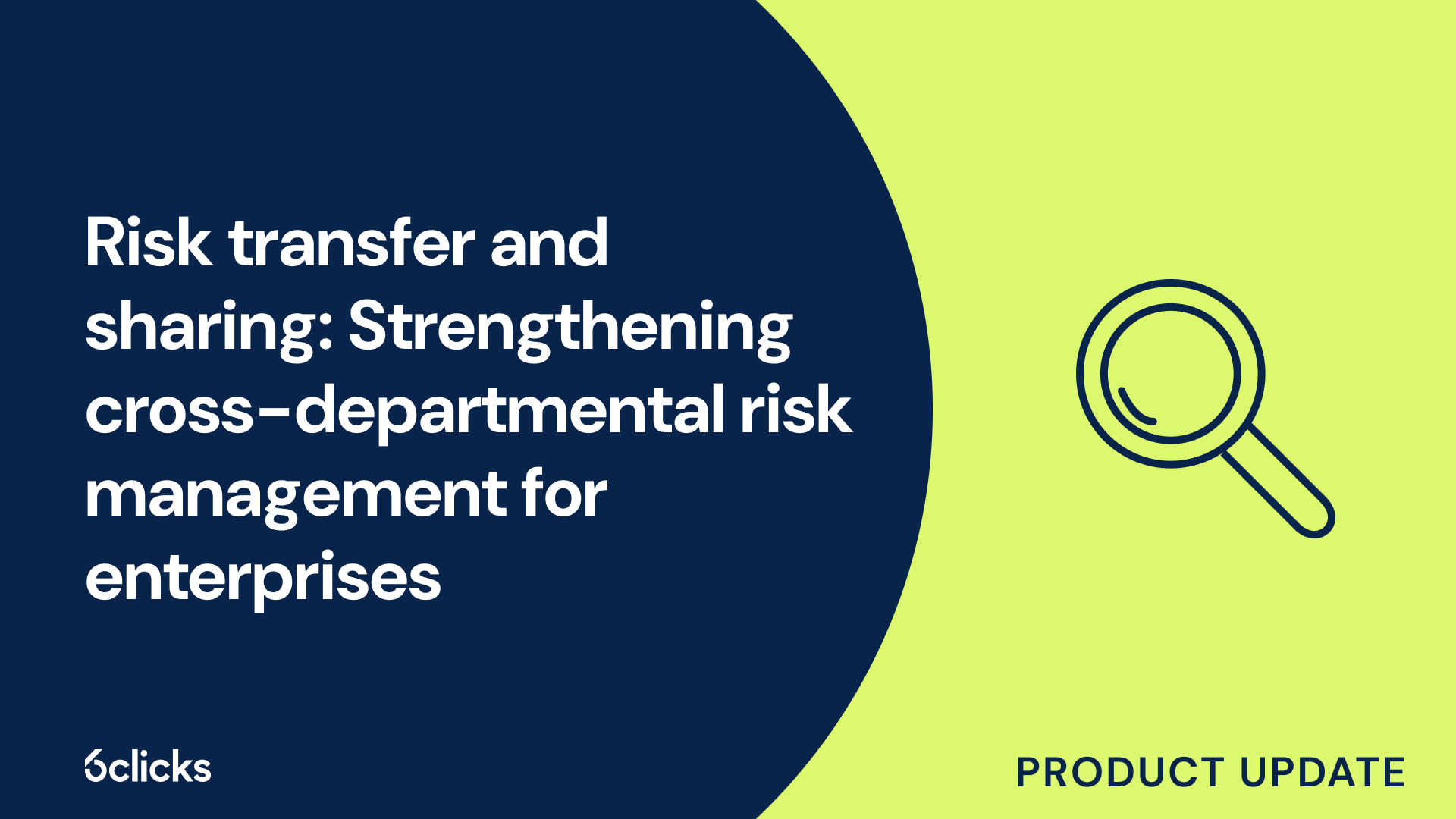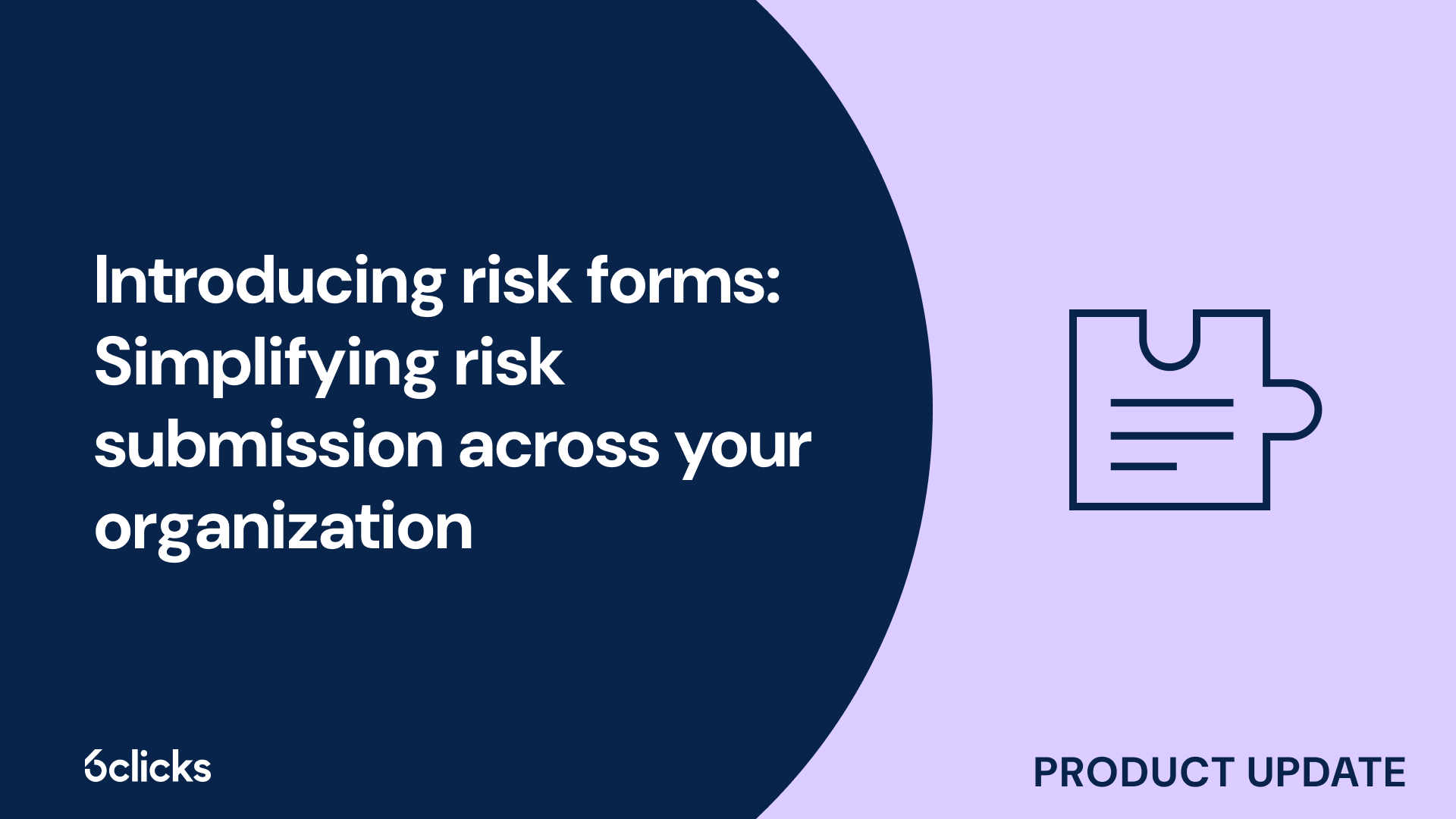The GRC buyer’s guide for 2025: Building resilience with AI-powered, federated solutions
Discover the ultimate GRC buyer's guide for 2025! Uncover how AI-powered, federated solutions transform compliance and security management for industries like government, aerospace, banking, and more. Learn about centralized control, continuous compliance, and advanced cyber GRC capabilities. Download now!
-1.png?width=200&height=249&name=Group%20193%20(1)-1.png)
The GRC buyer’s guide for 2025: Building resilience with AI-powered, federated solutions
Who has the responsibility of creating the risk management report?
A risk management report is a crucial document that outlines potential risks, their impact, and strategies to mitigate them. It is an essential component of risk management in organizations across various industries. But who is responsible for creating the risk management report? This article explores the key roles and responsibilities involved in preparing this document.
The role of risk management teams
In most organizations, the risk management team is primarily responsible for creating the risk management report. This team consists of professionals specializing in identifying, analyzing, and mitigating risks. They gather data, assess potential threats, and compile a comprehensive report that helps decision-makers understand the organization's risk exposure.
Chief risk officer (CRO)
Many large organizations appoint a chief risk officer (CRO) to oversee risk management activities. The CRO plays a significant role in developing the risk management report by ensuring that all risks are properly identified and assessed. They collaborate with different departments to gather necessary information and ensure the report aligns with the organization's strategic goals.
Risk management department
In organizations with a dedicated risk management department, the responsibility of preparing the risk management report falls under their jurisdiction. This department ensures that all risks—financial, operational, strategic, and compliance-related—are properly documented. The department works closely with other teams to collect and analyze risk data before compiling the final report.
Compliance and audit teams
The compliance and internal audit teams also play a crucial role in risk reporting. These teams help ensure that the organization adheres to regulations and industry standards. They provide input on regulatory risks and internal controls, which are critical components of the risk management report.
Department heads and managers
In some organizations, department heads and managers contribute to risk management reporting. They provide insights into specific risks related to their departments, such as operational risks, cybersecurity threats, or financial risks. Their contributions are compiled by the risk management team into a cohesive report.
Executive leadership and board of directors
While the executive leadership and board of directors do not typically write the report, they are responsible for reviewing and approving it. The board ensures that the report aligns with corporate governance principles and risk tolerance levels. Their feedback is essential in refining risk strategies and implementing necessary risk controls.
Third-party risk consultants
In some cases, organizations hire third-party risk consultants or external auditors to assess risks and generate the risk management report. These professionals provide an objective perspective and ensure compliance with industry best practices. They help organizations identify risks that internal teams may overlook.
Conclusion
The responsibility of creating the risk management report does not fall on a single individual. Instead, it is a collaborative effort involving the risk management team, CRO, compliance officers, department heads, executive leadership, and sometimes external consultants. A well-structured risk management report is vital for effective decision-making and long-term organizational success.
Streamline risk reporting with turnkey reports and other powerful tools in the 6clicks platform. Easily generate reports on risk assessments, risk treatment plans, and other key metrics, utilize customizable dashboards and data visualization tools such as risk matrices and Power BI reports, and get real-time insights into your overall risk and compliance posture powered by our AI assistant, Hailey Assist.
Learn more about 6clicks' Reporting & Analytics feature:



